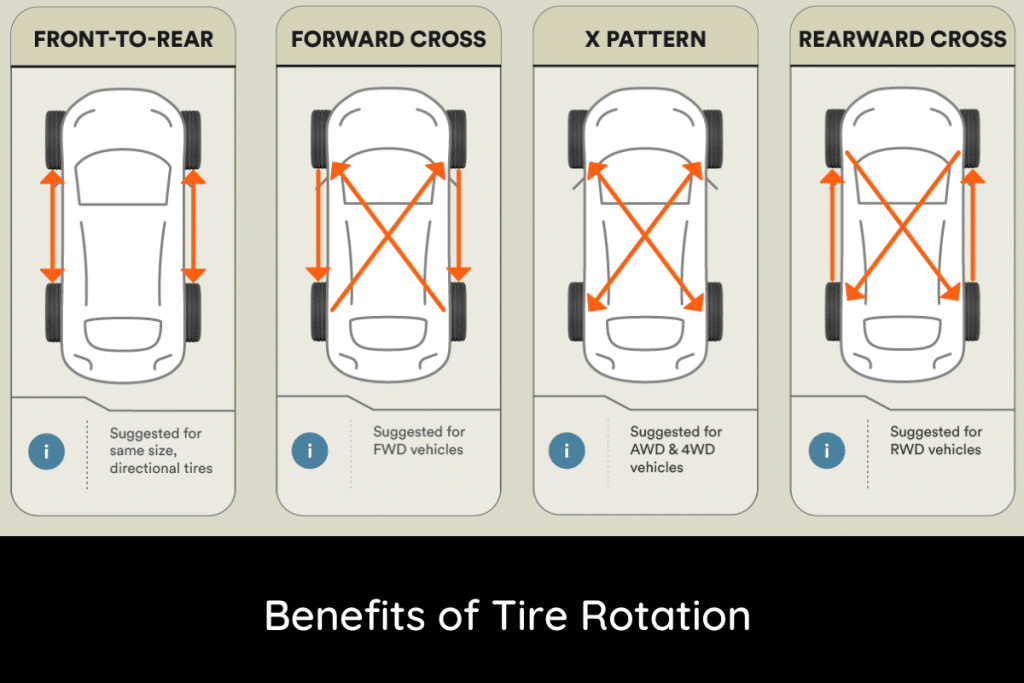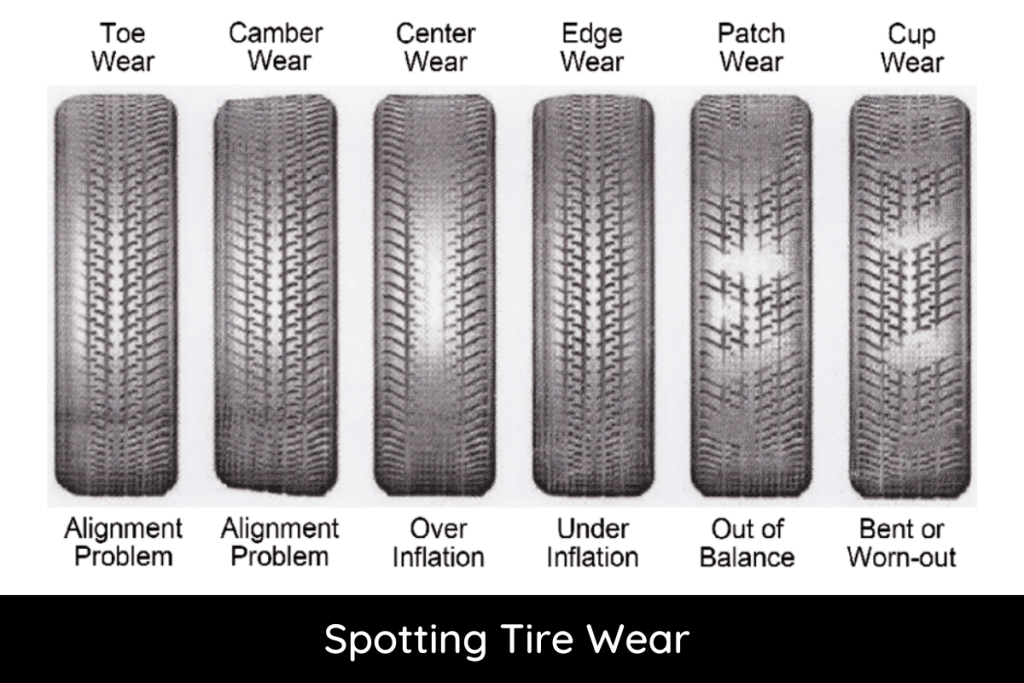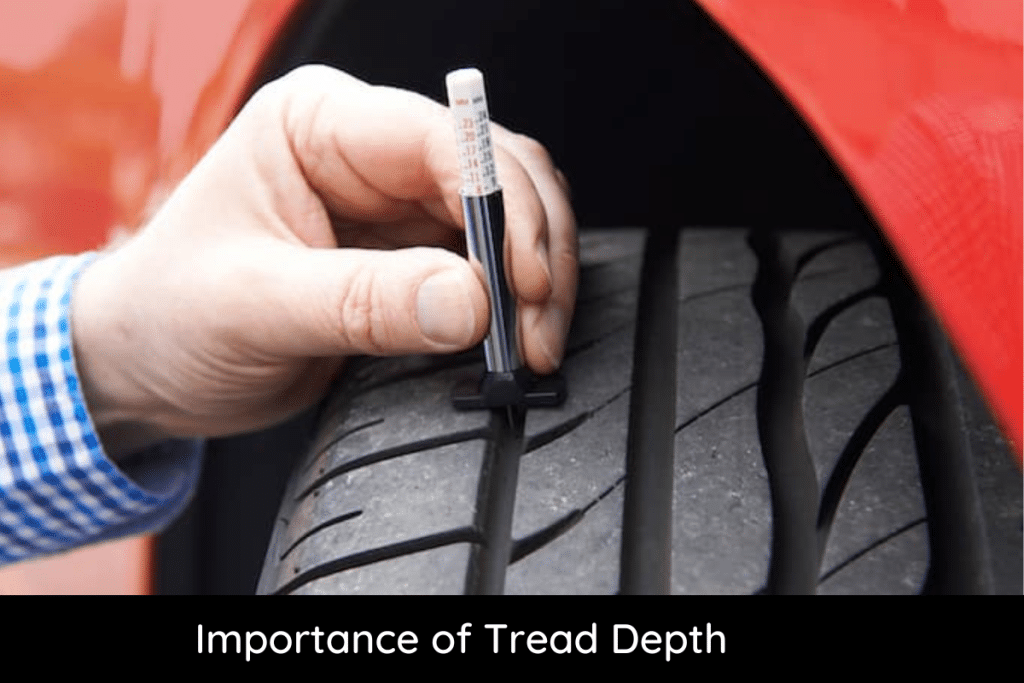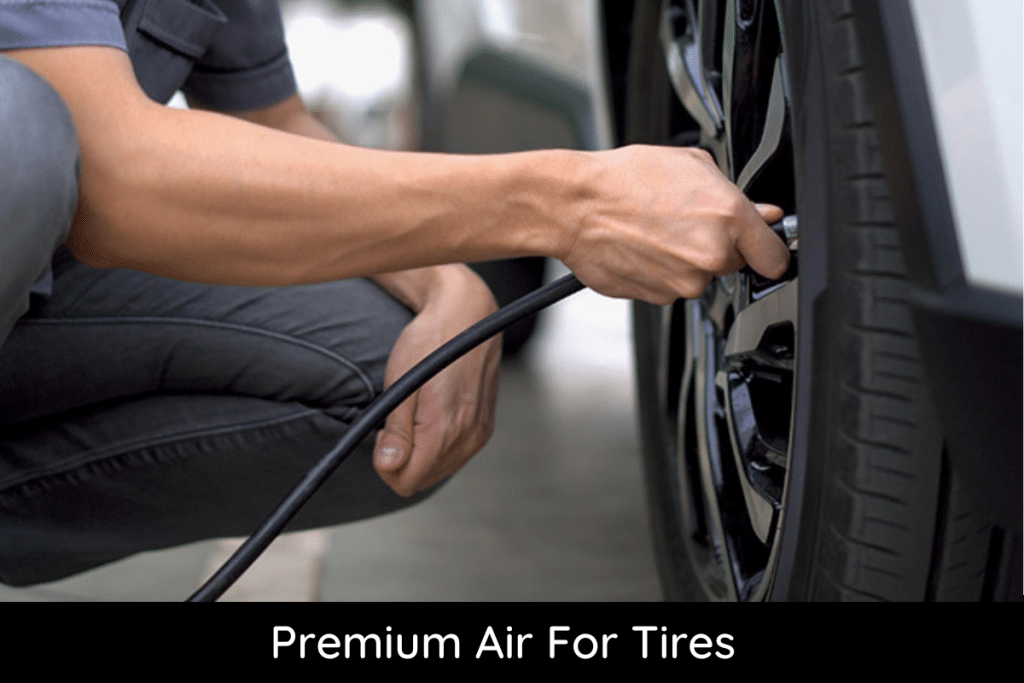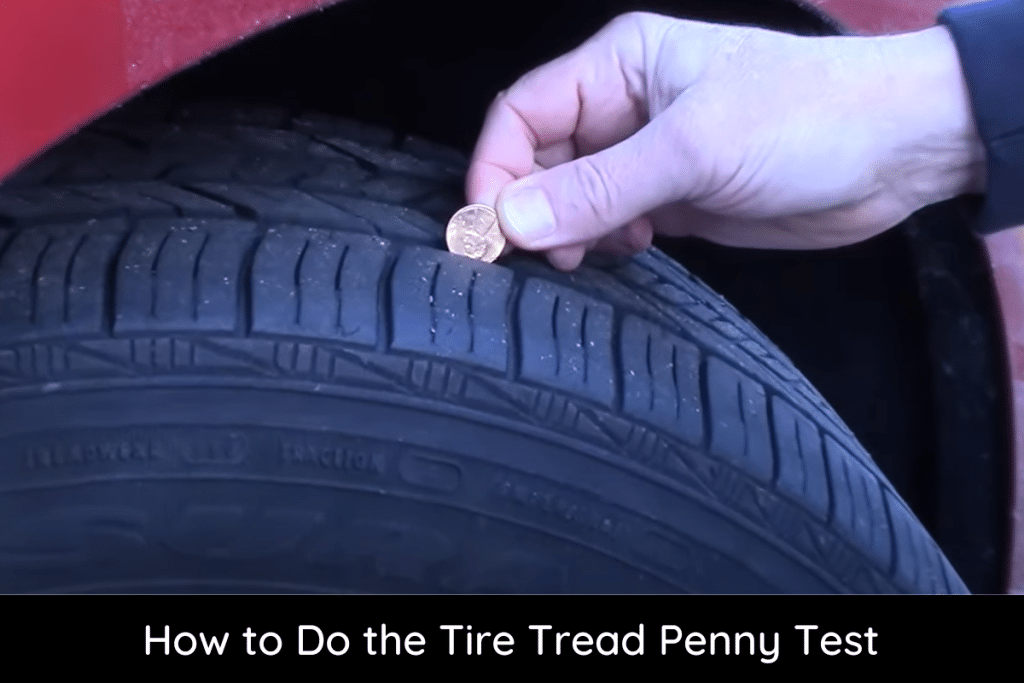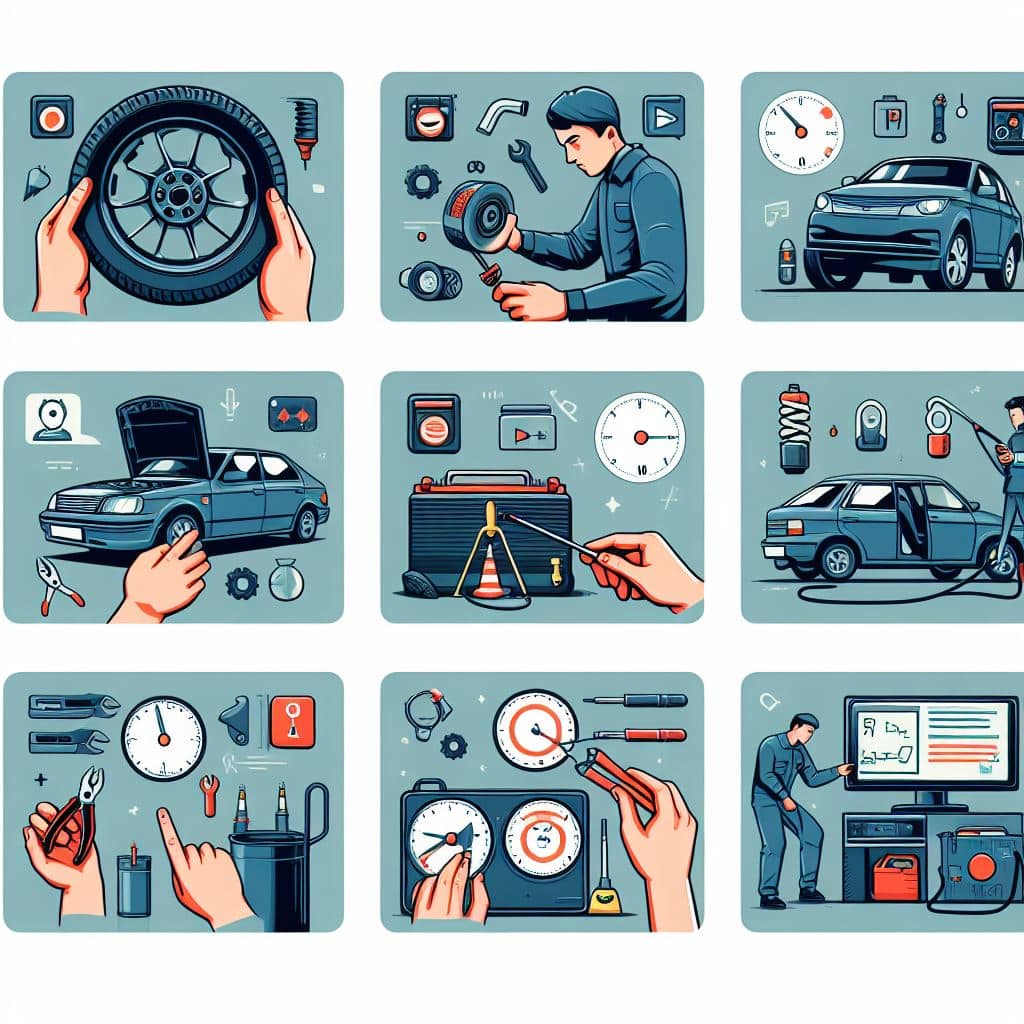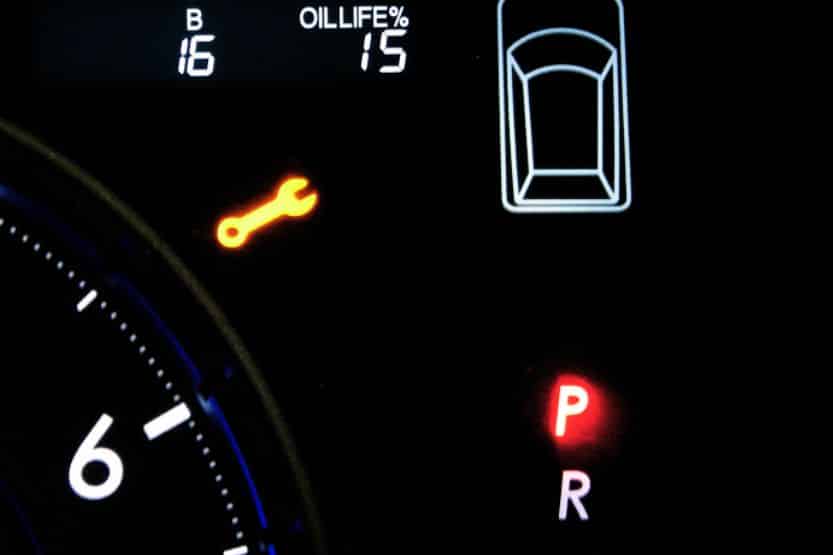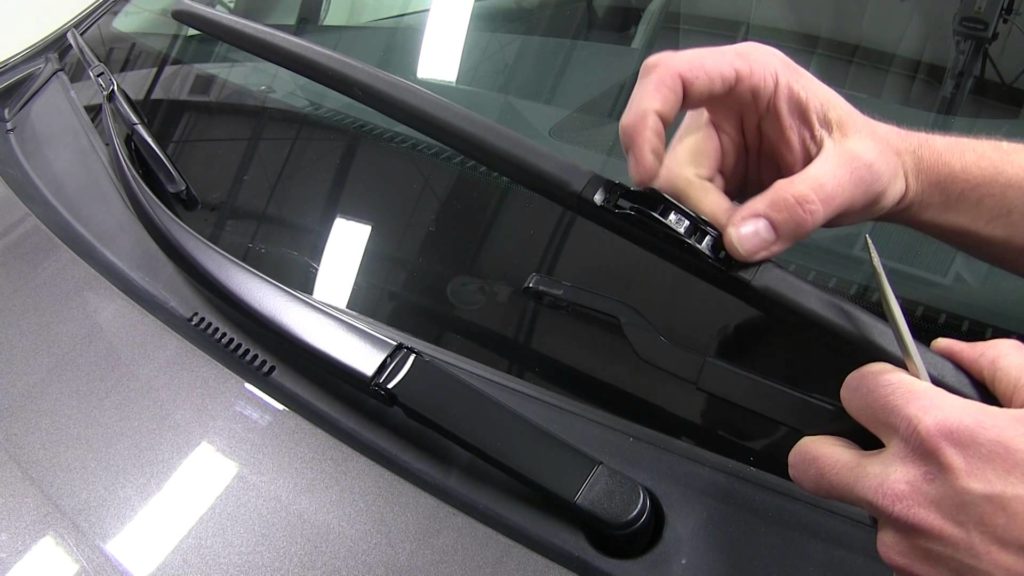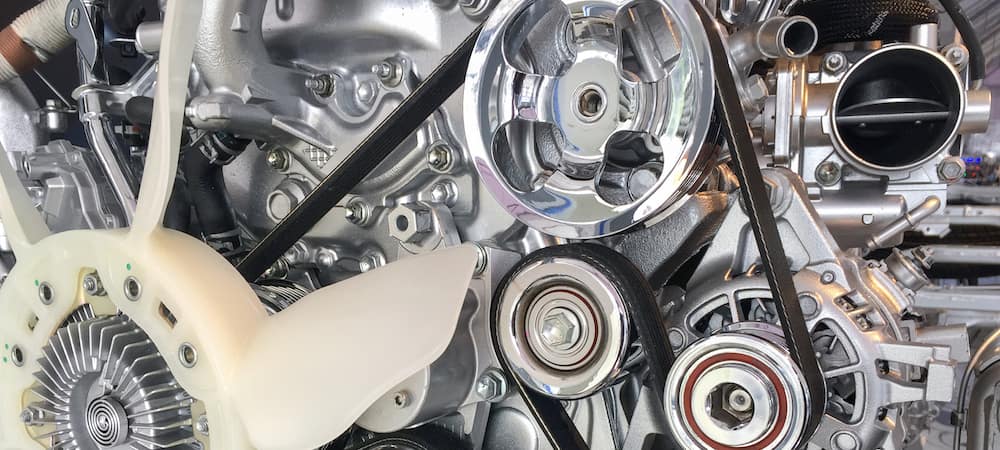The oil pan gasket is an essential part of the engine that keeps it from leaking. If this seal leaks, you will need to replace it as soon as possible or risk having your car’s engine cease working.
If your vehicle has served you for several years, you will most likely face oil pan leakage sooner or later. The oil pan is disposed of at the motor’s underside, serving as a reservoir for motor oil. The main sign of this malfunction is oil stains on the ground under your automobile. As a rule, it happens due to oil pan seal hardening, drying, or cracking caused by the motor’s heat cycling and weather conditions, plus dirt under the automobile.
As oil is the critical factor in your motor’s regular operation, it’s crucial to change it regularly along with maintaining its proper level. A leaking oil pan will diminish the oil level plus cause damage to the motor’s internal components.
Note: While it’s pretty easy to reach the oil pan in some automobiles, others may feature suspension or engine support components, and the only way to have access to the seal is to remove the engine or support it.
It can be implemented into life with special equipment and if the automobile is supported on a lift. If it’s your case, it’s advisable to turn to professionals at a repair shop and avoid replacing the pan yourself.
How To Replace Oil Pan Gasket
One of the finest methods to guarantee that your engine gets the oil required is to replace a leaky oil pan gasket.
Tools Needed
If you don’t already own the tools, jacks, stands or ramps, catch pan, and so on, you now have everything you need to change your oil in the future (and complete other tasks with the aid of car oil filter manuals readily accessible). The following is the equipment you’ll require:
- Floor jack and 2 jack stands; or two ramps
- Chocks, cinder bricks, and old 2 x 6 pieces of wood (if you’re using ramps) can also be used.
- Catch pan (oil basin)
- Wrench
- Ratchet and socket
- Swivel socket
- Long ratchet extension (comes with most socket sets)
- Rubber mallet
- Pry bar (if necessary)
- Gasket scraper
- Safety glasses
- Recommended oil filter for your car
- Recommended five quarts of oil for your car
- Oil filter wrench
Part 1: Jacking and Supporting the Automobile
Step 1. Lift the car. Lift your vehicle by applying the necessary lifting point. You will need a floor jack with good lifting power for your automobile.
Step 2. Jack stands disposition. To keep the automobile safe and stable, support it at the lowest possible level, placing jack stands at necessary points. Deliberately put down the car on jack stands. Don’t move the jack after that.
Part 2: Drain the Oil
Step 1: Oil filter removal. An oil filter wrench can remove an oil filter. Prepare the drain pan beforehand to collect oil.
Step 2. Drain plug removal. After the oil filter removal, put the drain pan under the oil pan. Move away from the oil drain plug and wait until oil drains into the pan. Disposal of oil plus filter must be done correctly.
Part 3: Oil Pan Removal
Step 1. Correct socket plus ratchet selection. Employ an extension if necessary. Take of all oil pan bolts but take care that one bolt at each corner is left loose. In some cases, the pan falls loose. In other cases, it’s needed to deliberately tap or extract the pan away from the motor block. As soon as the pan is weakened, remove the last four bolts. Take off the pan very attentively not to harm the oil pick-up situated in the oil pan.
Step 2: Cleaning up. Employing a cleaner/degreaser, clear the lower motor block where the oil pan is affixed. Additionally, cleanse the oil pan’s inner and outer parts.
Part 4: Gasket Installation
Step 1: Old gasket material taking off. Applying a scrubber, deliberately remove any gasket material on the oil pan and motor block mounting surface. Wipe the pan plus motor mounting surfaces, plus allow them to dry.
Step 2: Pan gasket installation. Having consulted guidelines on rtv wrapping, apply a fine film of rtv to the oil pan mounting surface. In several minutes it will be mounted, and you are free to apply the pan gasket to the surface. Don’t be afraid of applying some pressure.
Tip: It’s possible that a pan gasket slides around while mounting an oil pan. To restrict its movement during locating a pan against the motor block, employ a wire of 3-4 inches long and peel off the insulator. Loop several strings of wire through 4-6 ports in the oil pan and twirl them slackly around the gasket. Take wires off as soon as you loosely install several pan bolts.
Step 3: Pan mounting. Inset all the oil pan bolts before you begin. Torque oil pan bolts follow the manufacturer’s guidelines to prevent bending of the oil pan plus subsequent leaks. If you have no automobile repair manual, you are free to discover specifications at any store selling automotive parts.
Part 5: Fill up the oil pan
Step 1: Motor oil adding. Do oil pan drain plug plus fresh oil filter reinstallation. Add the right amount of appropriate motor oil. Inspect it for any apparent leaks before you put down the automobile.
Step 2: Leaks inspection. Put down the automobile after removing jack stands. Start the car and allow its running for some minutes. Switch the motor off. Examine oil level several minutes after. After examination, start the automobile and proceed with its warming up at idle. Inspect for leakage, plus do that again after the car has run.
Having noticed oil on the ground under the front part of your automobile, turn to a professional mechanic to fix everything and stop oil leakage.
The Oil Pan And Gasket’s Purpose
The objective of your oil pan and gasket is two-fold. The oil keeps the moving elements inside your engine lubricated as it runs. This includes the pan. While your engine is operating (not much, but some), gaskets keep fluids from squirting out.
The second stage is when you turn off the engine. Gravity pulls the fluid; it flows downhill. The oil pan captures much of your vehicle’s four to six quarts of oil.
How Will You Know It’s Time To Change Your Gasket?
How will you know when it’s time to change your oil pan gasket? You’ve detected fresh oil deposits on the ground. Alternatively, if your oil needs replenishing and you just had it changed or topped off not long ago, this indicates a leak somewhere. Your “Check Oil” light may be flashing. Now it’s time to pay attention and watch carefully.
Oil Pan Gasket Leak
Oil is a crucial component of the car’s fuel system, which lubricates and feeds power and petrol to the engine. The oil circulates through the engine and protects components from overheating, friction, and contact between surfaces.
The oil pan is positioned beneath the engine. It acts as a holding tank for the oil, keeping it safe while it circulates and moves through the engine’s channels and tubes before flowing through all the engine components. When you need an oil pan gasket replacement,
The oil pan gasket is sandwiched between the engine block and the oil pan. This jacket plays a significant role in engine longevity by serving as a barrier to keep the oil contained while it circulates from the oil pan to the engine block and when the oil returns back to the oil pan. This may affect the overall cost of replacing an oil pan gasket.
Oil Pan Leak Symptoms
Like other automobile components, the oil pan gasket will not endure indefinitely if it is not maintained. The gasket will experience typical wear and tear as you continue driving your car for a long time, possibly damaging and injuring the oil pan.
Over time, the oil pan gasket will deteriorate and become damaged to the point that you won’t be able to move the oil pan seal any further. This may have an impact on the overall cost of replacing the oil pan gasket.
Because the oil has to flow from one element to another, it will begin to leak from the oil pan gasket as it circulates and travels between the engine block and the oil pan. It’s critical to understand how a leaking oil pan affects your car so you can repair the problem before it gets worse.
Visible Oil Leak
The visible oil leak from beneath your automobile can influence the price of replacing the oil pan gasket. The most apparent indication of an oil pan gasket problem is an oily liquid leaking from underneath your car, so be sure to examine it before driving. If you discover a tiny pool of dark brown or black fluid under your vehicle, there has to be an oil leak, so look into the cost of a new oil pan gasket.
Engine Overheating
If oil is leaking from your car and possibly heating up the engine or the fuel system, your engine will not be able to obtain enough oil to lubricate the components and prevent friction, cool down the engine from overheating and preserve its life span at an all-time high. If your car doesn’t have enough oil, excessive friction can cause it to overheat. The cost of replacing the oil pan gasket will be influenced by overheating of the engine.
When an engine overheats, the devices that are designed to cool this heat dissipation may malfunction and cause serious or irreversible damage to the engine, oil gaskets, hoses, and engine seals that keep the motor running.
There are a variety of reasons why an automobile’s engine might overheat, one of which is when the oil pan gasket fails. There may be insufficient or no coolant in the system, which has the potential to cause a coolant system failure.
If the coolant levels are lower than the suggested level advised by the vehicle’s manufacturer, you’ll need to refill or top them off with fresh coolant. When adding new coolant, use a 50-50 mix of antifreeze or coolant and water.
The cooling system can leak after a season. The absence of coolant in the tank might be due to a leak, which streaks or puddles on the ground may detect. This might affect when and how much it will cost to replace the oil pan gasket.
A faulty water pump can lead to the engine overheating and increased friction, in addition to the leak and a lack of coolant. The goal of the water pump is to move the coolant throughout the engine, but if the coolant is dirty or clogged, it might prevent it from moving freely through the pump.
The engine overheating could be caused by a variety of factors, including the radiator, which may be clogged or blocked, or the oil is too low. Radiators can assist in keeping the engine cool by lowering coolant temperatures and lowering oil levels if they are excessively low can reduce lubrication, raising the cost of engine pan gasket replacement.
Smoke Issues
Smoke coming from your exhaust is another indicator that the oil pan gasket needs to be changed sooner rather than later. When your engine overheats, and there is too much friction, black smoke may be emitted from your exhaust pipe.
Sometimes, as a result of the oil leaking onto the exhaust manifold, which is typically very hot, the smoke will emerge from the engine compartment directly.
Low Oil Level
If you want to check if your oil is leaking and figure out when the oil pan gasket will need to be replaced, take a dipstick and measure the oil in your automobile. If the level of oil in your vehicle is too low, visually inspect and analyze the car for any leaks if you haven’t already done so.
It’s also worth noting that an oil pan gasket failure can be caused by a variety of factors, such as particles from the engine falling into the oil. Take note of your car’s mileage and how much time has passed since you last changed it for information on when to change it again. It’s also possible that your oil pan gasket is no longer in good condition and needs to be replaced.
Engine Warning Light
The check engine light may come on for a variety of reasons, and many of these circumstances might be the source or symptom of any oil pan gasket replacement problems. This indicator will appear on your dashboard if your oil level is low.
The oxygen sensor failing, with the o2 sensor measuring the amount of unburnt oxygen in a car’s exhaust system, is another reason why the check engine light might come on. This sensor informs the computer about how much fuel and air are entering the cylinders.
If the car’s oxygen sensors are faulty, they can cause damage to the spark plugs and cat converter, as well as oil pan gasket replacement.
The loose fuel cap is the second reason the engine warning light comes on in your vehicle. As you know, the oil pan is a crucial component of the fuel system, so a loose-fuel cap is one of the most frequent causes of the check engine light coming on.
The cap is an important element of the delivery system since it prevents gasoline from leaking out of the tank. The loose fuel cap may speed up the oil pan gasket replacement.
Catalytic converters are required in most states to operate on E10, so your engine warning light will probably come on if yours fails. Due to the fact that it transforms the monoxide into carbon dioxide, the failure of a catalytic converter is frequently prevented by spending between $200 and $600 for a replacement. Keeping your catalytic converter operating properly with regular maintenance, such as changing your oil, will prevent an oil pan gasket replacement.
Last but not least, spark plug and ignition coil faults can all cause the check engine warning light to come on in your vehicle. The ignition coil generates electricity for the spark plugs, which may affect the cost of replacing the oil pan gasket.
[wp-faq-schema title=”FAQ”]


